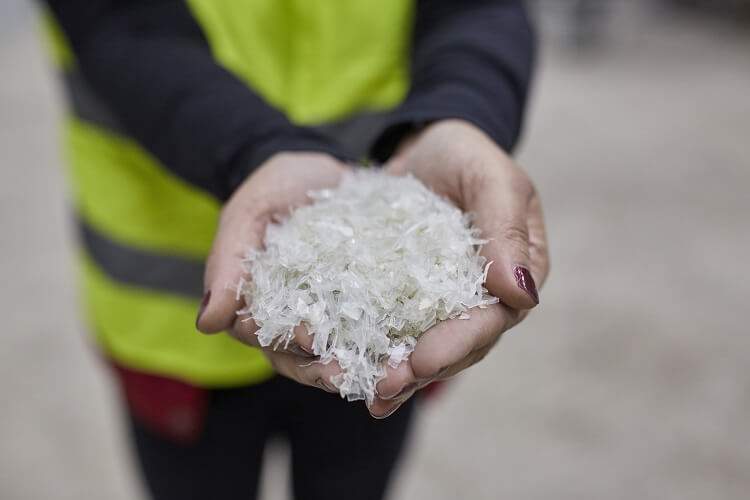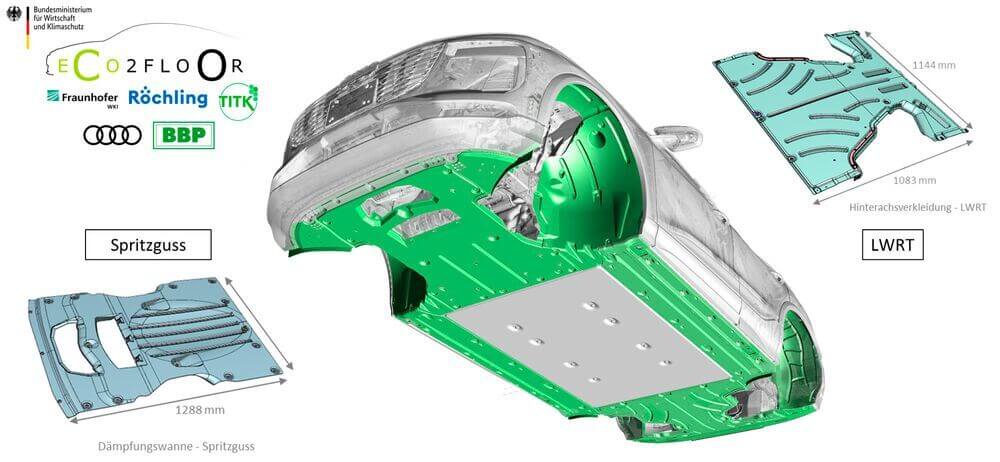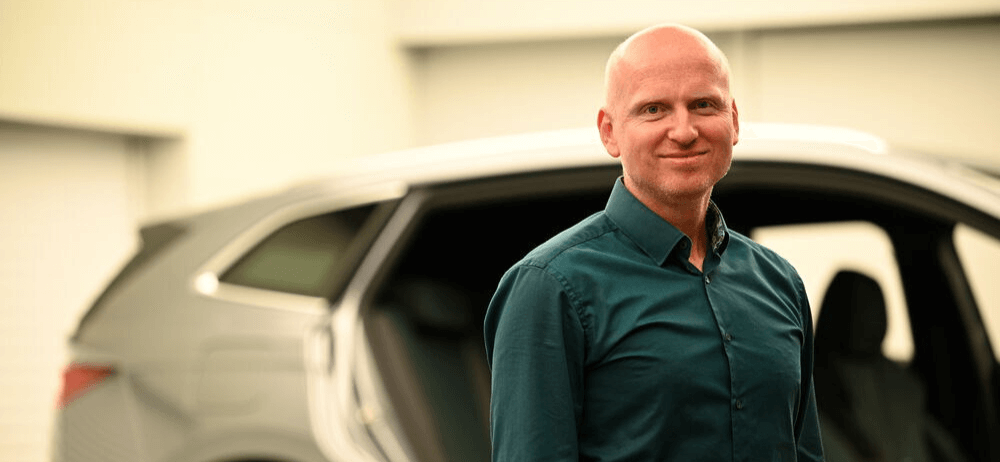Text: Annedore Bose-Munde
The international VDI congress PIAE (Plastics in Automotive Engineering) is an important platform to exchange knowledge for plastics and automotive experts alike. "An automobile is no longer conceivable without high-quality engineering plastics. Plastic properties, such as low density, durability, surface and moulding options, as well as insulation and insulating properties, are what make economical automotive construction possible in the first place," says Congress Chairman Thomas Drescher, Head of Pre-Development and Vehicle Assessment, Structure Development at Volkswagen AG in Wolfsburg, explaining the importance of the material.
However, the concept of sustainability also requires the creation of cycles for high-quality plastics. That is why recyclers, process engineers, raw material and component developers are now being called upon to develop cycles for these recyclable materials. "We are still at the beginning here and need further economical sorting and processing technologies to ensure the required consistent quality of the technical plastic recyclates. In my opinion, establishing this circular economy is the biggest challenge the plastics industry is facing in the coming years," says Drescher.
Practical Use of Sustainable Materials is Presented
A very practical example of the use of sustainable materials and recyclates will be the show car based on the Škoda Enyaq, which will be on display in Mannheim.
"Climate change affects us all. So we have to do something to reduce the impact of the carbon footprint, for example by using sustainable materials," says Dalibor Kopáč, Development Engineer in the field of Corrosion, Outdoor Weathering and Material Development at Škoda Auto a.s. in Mladá Boleslav, Czech Republic.
In his presentation at PIAE, he will describe the use of recycled materials for parts for which this was previously not possible, using the show car as an example. "What is new is the much broader use of sustainable materials in the vehicle. These are primarily recycled plastics with a focus on post-consumer recyclates, mono-materials and closed-loop applications. This sustainability approach is used for around 20 parts, for example for bumpers, seat covers, door panels, the headliner or the tailgate," says Kopáč, giving an outlook.
The main potential of the sustainability approach clearly lies in reducing the consumption of resources for the production of plastics and in the utilisation of waste or previously used material. "But we are also preparing for the future legal requirements of the EU End-of-Life Vehicles Directive," says Kopáč.
Challenges and Opportunities for the Circular Economy
The EU Commission has revised the existing rules for the reuse, recycling and recovery of vehicles and presented a proposal in July 2023. The new version of the EU End-of-Life Vehicles Directive, which is currently being reviewed and has yet to be finalized, stipulates a mandatory 25 percent recycled plastic content of the total amount of plastic in the vehicle for all new vehicles that are to be type-approved in the EU. The legislation places a clear focus on post-consumer recyclates (PCR), which ideally come from mechanical recycling processes; 25 per cent of the 25 per cent PCR share mentioned should come from the recycling of plastics from end-of-life vehicles. That is 6.25 per cent of the total amount of plastic.
"In order to fulfill this required recyclate quota, essentially all large plastic parts in and around the vehicle must be made with recyclate or recyclate content, for example bumpers, sills or trims," says Georg Grestenberger, Application Marketing Manager – Automotive Interior, Mobility at Borealis Polyolefine GmbH in Linz, Austria. "At around a third, polypropylene accounts for the largest proportion of plastics in cars. Polypropylene and polypropylene compounds in particular will therefore also have to make a significant, disproportionate contribution to fulfillling the recycling targets," continues Grestenberger.
In Mannheim, he will demonstrate how this can be achieved using the example of recycled post-consumer PP for high-quality car interior applications. "Borealis has taken a major step towards the circular economy with the so-called "advanced mechanical recycling" of plastics from household waste. We now offer a portfolio of PP compounds with more than 25 per cent PCR content. These materials allow our customers to produce plastic components that fulfill current automotive requirements," he says, naming areas of application. The first projects are scheduled to go into series production in 2024.
Vehicle Underbodies Made from Natural Fibres and Recycled Polypropylene
A completely new, sustainable overall concept for vehicle underbodies was developed for use in future electric vehicle platforms as part of a research project within a development consortium. The project partners Audi AG, Röchling Automotive SE, BBP Kunststoffwerk Marbach Baier GmbH, Fraunhofer Institute for Wood Research Wilhelm-Klauditz-Institute WKI and the Thuringian Institute for Textile and Plastics Research (TITK) have succeeded within this project in replacing the material concepts currently used in vehicles with natural fibre-reinforced composites. "The development of a sustainable vehicle underbody has opened up a challenging component group with a high proportion of plastic for the use of natural materials. Until now, natural fibre composite components have primarily been used as trim parts without any significant mechanical tasks in cars. However, the large-area parts in the vehicle underbody considered in the project have high requirements in terms of bending and impact behaviour," says Fabian Groh, Project Manager Pre-Development, Development Cultivation System at Audi AG in Neckarsulm, describing the challenge. In the development of the underbody, glass fibres were replaced as a high-performance material by natural materials such as flax, hemp and cellulose fibres. This resulted in underbody components with up to 45 percent natural fibre content. In addition, virgin polypropylene was completely dispensed with; only recycled materials were used.
The parts produced were intensively tested both at component level and in road tests. "The pleasing result of these tests is that the newly developed materials fulfill all standard requirements for underbody components and have proven to be suitable for series production. Neither the use of natural fibres nor the use of post-consumer recyclates leads to a significant loss of properties for the customer," the expert confirms the practical relevance.
According to Groh, the newly developed materials are suitable for all component concepts used in the VW Group's vehicle underbody. Sustainable alternatives have been developed for the materials used there. "This affects an assembly of around 10 kilograms in each vehicle. So we can definitely speak of a large volume potential with high industrial relevance," he says, describing the possible application potential.
Environmentally Friendly and Individual Mobility for All
In addition to sustainability topics, this year's PIAE programme once again offers an overview of sophisticated component examples, manufacturing processes, simulation methods and lightweight construction applications.
And what will characterize the vehicle concepts of the future? "For individual mobility to remain possible in the future, the vehicle must remain socially acceptable and affordable. At the same time, the vehicle of the future must be energy-efficient, lightweight and environmentally friendly," says Congress Chairman Thomas Drescher, identifying the global and essential cornerstones for vehicle development.








